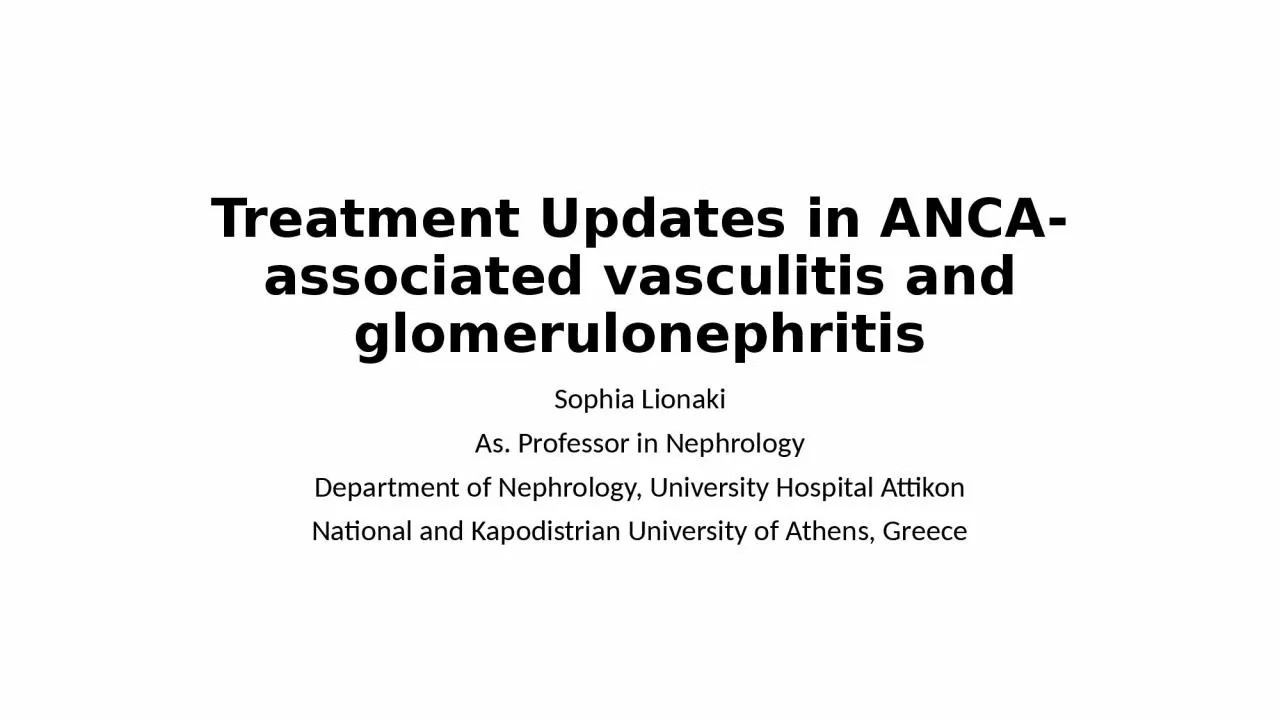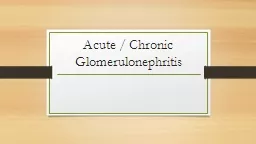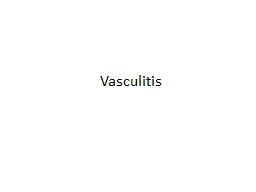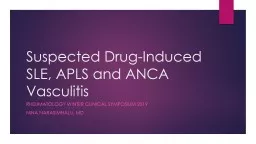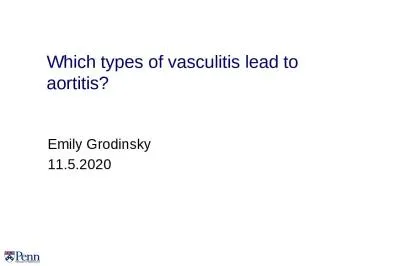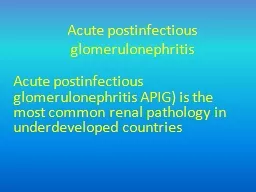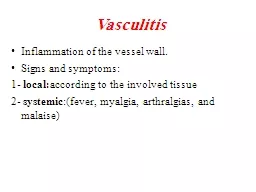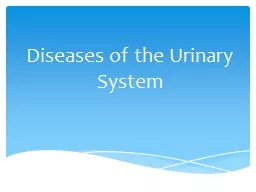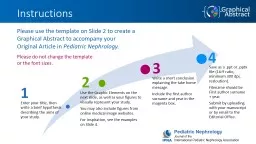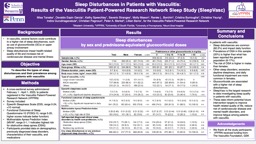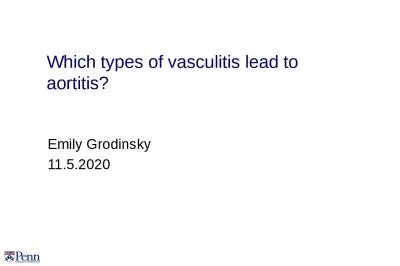PPT-Treatment Updates in ANCA-associated vasculitis and glomerulonephritis
Author : trinity | Published Date : 2024-03-13
Sophia Lionaki As Professor in Nephrology Department of Nephrology University Hospital Attikon National and Kapodistrian University of Athens Greece Kidney involvement
Presentation Embed Code
Download Presentation
Download Presentation The PPT/PDF document "Treatment Updates in ANCA-associated vas..." is the property of its rightful owner. Permission is granted to download and print the materials on this website for personal, non-commercial use only, and to display it on your personal computer provided you do not modify the materials and that you retain all copyright notices contained in the materials. By downloading content from our website, you accept the terms of this agreement.
Treatment Updates in ANCA-associated vasculitis and glomerulonephritis: Transcript
Download Rules Of Document
"Treatment Updates in ANCA-associated vasculitis and glomerulonephritis"The content belongs to its owner. You may download and print it for personal use, without modification, and keep all copyright notices. By downloading, you agree to these terms.
Related Documents

